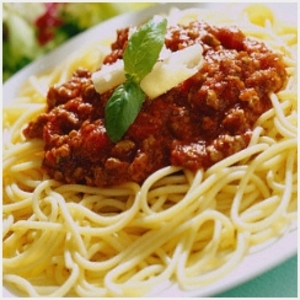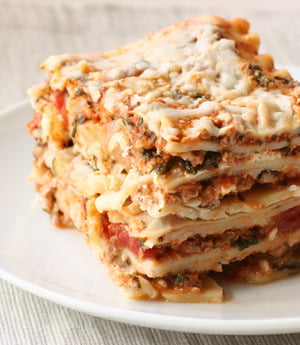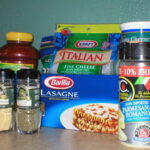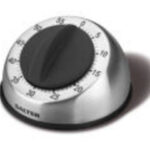Though it was developed in Italy, pasta is popular around the world. Today, dried spaghetti, fettuccini, and even lasagna noodles can be found in almost any grocery store. There is no question that while these products are widely available, they typically taste better when in the fresh-not dried-form. With a little practice, you can make your own pasta at home. Creating this food from scratch will not only be highly rewarding, but can help save you lots of money!
Read Instructions
As with any piece of cooking equipment, it is important to read the instructions of your pasta machine prior to starting the project. Reading the instructions can not only help to save time, but also ensures that the pasta turns out perfectly each time you make it. Most directions can be found in the form of a paper leaflet in the pasta machine box. In some cases, however, instructions may be printed on the side of the box. Finally, if you cannot locate the instructions for your specific pasta make, contact the manufacturer. They should be able to provide you with a duplicate copy.
Determine the Appropriate Roller Number
Determining what roller number is appropriate is another important tip to keep in mind when it comes to achieving success with your pasta machine. Pasta machine rollers are typically numbered from one to six, with the smallest numbers producing pasta that is especially thin, and the largest numbers producing pasta that is quite thick. Consider commercially produced forms of the pasta you are making when setting your pasta machine roller. Typically, angel hair pastas are produced with rollers set on the smallest numbers, while lasagna noodles are produced with rollers set on larger numbers. Experimentation may be required to get a pasta noodle that is of the appropriate size and thickness level.
Flour the Pasta Maker
One of the most difficult parts of using a pasta machine is actually rolling out the pasta. Typically, pasta dough is quite sticky, and can get stuck to the rollers of the machine. Running adequate amounts of flour through the rollers before using it can ensure the sticking is kept to a minimum. Always use the same type of flour you used in your homemade pasta recipe to flour the rollers of the pasta machine. Using different forms of flour can impair the overall results of the noodles.
Use Proper Technique when Cleaning the Machine
Finally, it is important that the pasta machine is cleaned after each use to promote its longevity. While it may be tempting to wash the rollers of a pasta machine, this should be avoided at all costs. Washing the rollers of a pasta machine can result in the development of rust-which in the long-term, can ruin the pasta machine. Instead of washing the pasta machine rollers, simply wipe them down with a dry, clean paper cloth. Make sure all flour and pasta dough has been removed from the rollers for best results.




